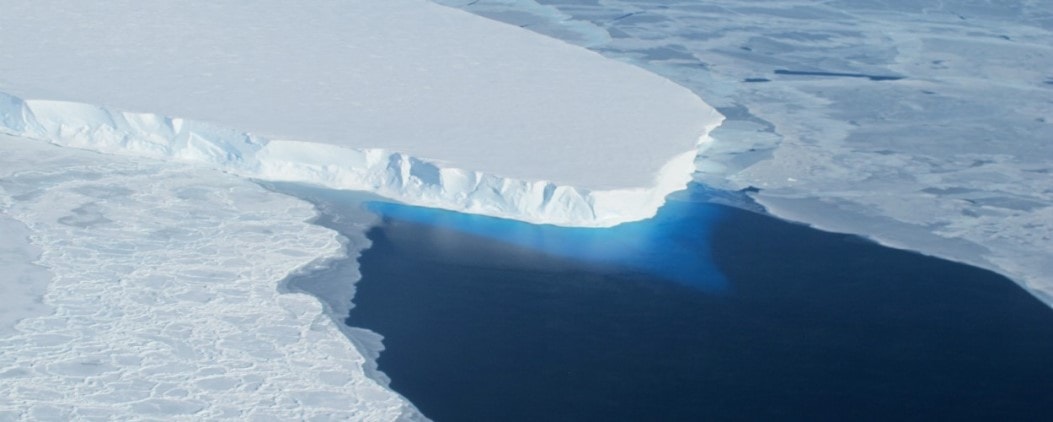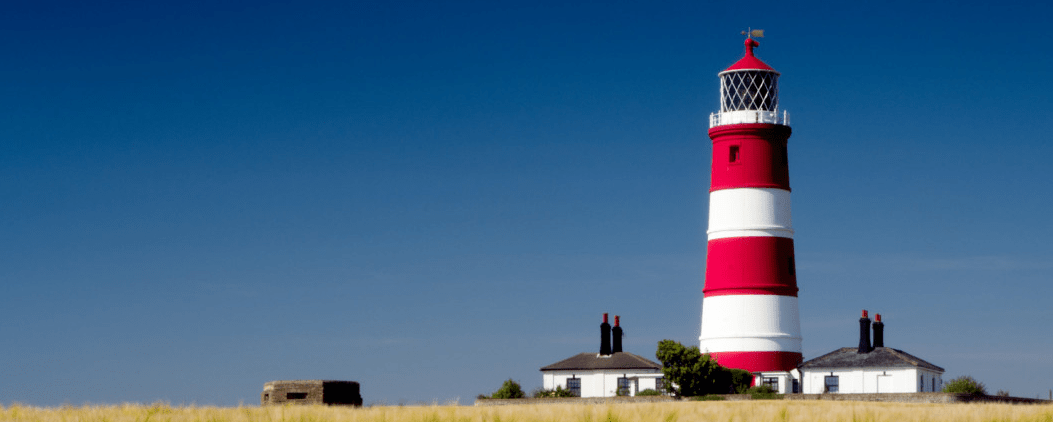Moaning about the weather
We are all guilty of complaining about the weather from time to time. As Brits, we’re practically famous for it! Sometimes it’s too cold, occasionally it’s too hot, but more often that not it’s the rain we moan about most. Whilst we all hope for better weather, we tend to receive the complete opposite. What’s more, over the past few years, we have experienced an abnormal amount of strong winds and storm activity. Undeniably, climate change is playing an enormous part in our changing weather. Of course, there may be other contributing factors, but global warming is without a doubt a growing concern for most of us.
Water levels are on the rise
Since the industrial revolution, global temperature has increased by around 2 degrees Celsius. This may not sound like much, but it’s important to remember that even the smallest increase on a global scale requires a colossal amount of energy. One result of this increasing temperature is that glaciers and ice sheets are melting. As a consequence, we are seeing rising sea levels, which are especially dangerous for the low-lying areas such as India, Venice and the Benelux countries (Belgium, Netherlands and Luxembourg). An increase to the mean sea level of just 1 metre would be enough to cause significant damage on an international scale.
Coastal Erosion
One of the major impacts of rising sea levels is the increased risk of coastal erosion. The coastline of our country is fading away piece by piece. Despite numerous attempts to stave off this threat, it is proving difficult to slow. The village of Happisburgh on the Norfolk coast is a prime example of coastal erosion. Happisburgh’s sandy cliffs have been eroding for millennia thanks to the North Sea’s waves, but the rate of erosion seems to be increasing. In the last 20 years, the village’s crumbling cliffs have seen 35 homes lost to erosion. Moreover, the Environment Agency estimates that around 2700 homes and businesses across the country will be vulnerable to coastal erosion in the next 50 years.
The Future of Climate Change
If things continue on their current course, there are likely to be catastrophic consequences. For example, the potential effects of global climate change may include: more frequent wildfires, much like those we saw in Australia last year; longer periods of drought in some regions; an increase in the number, duration and intensity of tropical storms; the list goes on. These potential effects all carry with them long-term consequences to human and animal life across the planet.
What Can We Do About Climate Change?
There are a few things we can all do to help combat global warming and reduce carbon emissions.
– Reduce the use of fossil fuels and look to transitioning to greener energy sources. Why not write to your MP and encourage them to speak up?
– Try swapping the car for a bus or bicycle. Alternatively, team up with with a colleague or two and start a car-share.
– Reduce the amount of meat you eat. It may sounds crazy but the global livestock sector generates as much greenhouse gas emissions as all cars, trucks, and automobiles combined!
– Shopping locally helps to keep the carbon footprint low, as well as supporting your local economy.
By reducing our own carbon footprints, we can make a huge difference to our environment and the world we live in.




